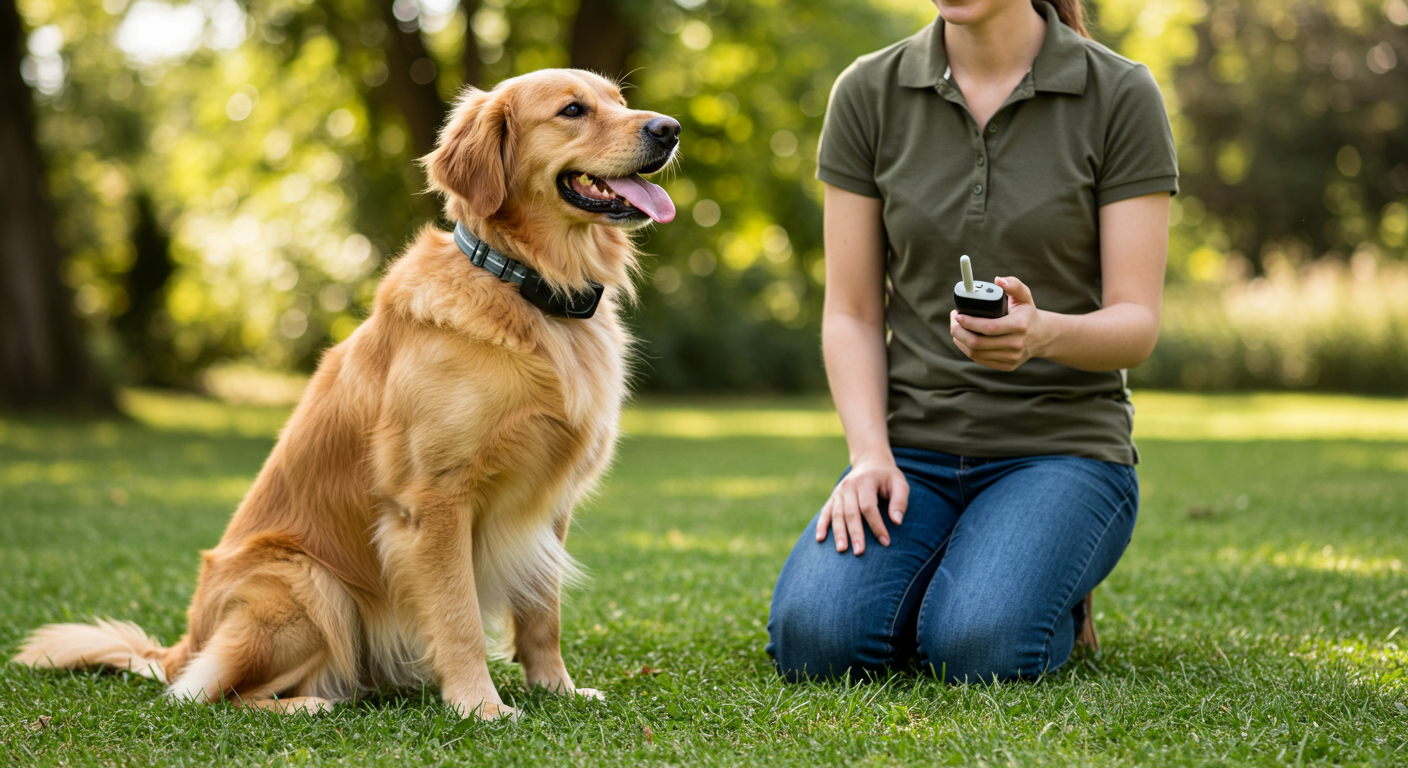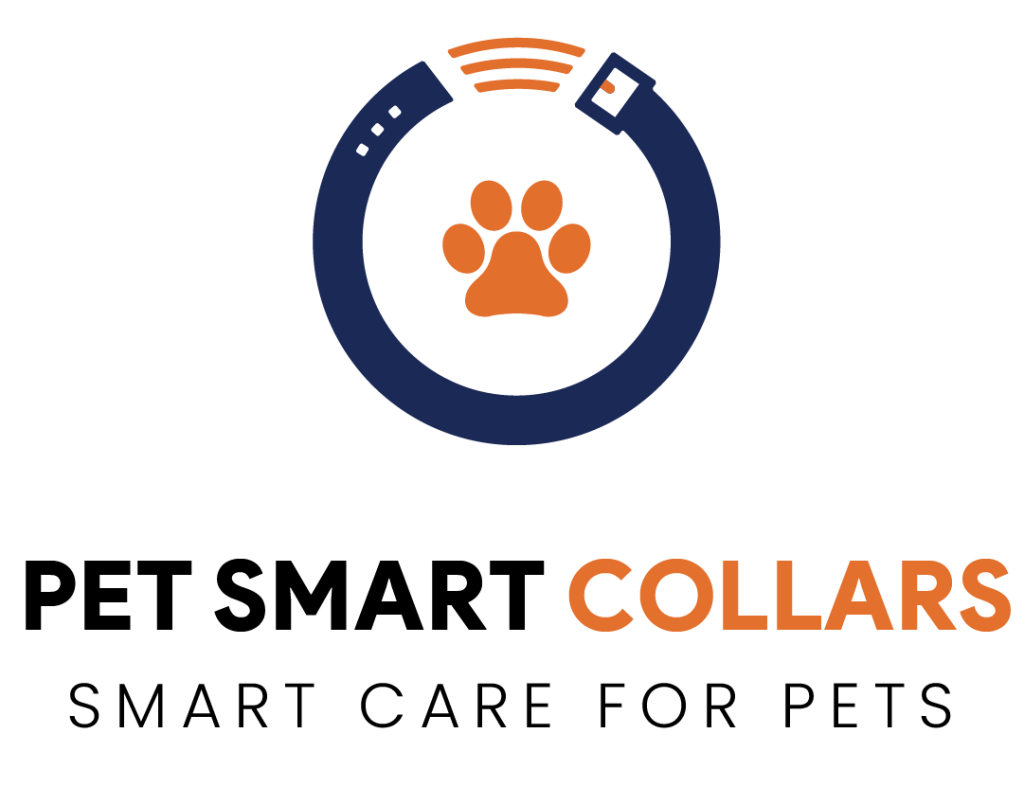Training your dog can be one of the most enriching experiences for any owner, but among those tools, the dog training collar needs patience, timing, and the right equipment. A dog training collar is not only for discipline, it’s a communication tool. It assists you in teaching your dog to obey commands, discourage negative habits, and support good habits remotely. But first, it is important to learn how to use a dog training collar effectively and safely on your pet.
This guide will teach you from selecting the appropriate training collar through to its proper introduction, preventing common errors, and training with kindness.
What Is a Dog Training Collar?
A dog training collar, also known as an e-collar or behavior correction collar, is a device used to assist in teaching and reinforcing commands. It delivers different types of feedback such as vibration, tone, or mild static stimulation to catch your dog’s attention not to punish.
Used correctly, it becomes a bridge of communication between you and your dog. The goal isn’t to cause fear, but to guide behavior safely and effectively.
Types of Dog Training Collars
When it comes to training your dog effectively, choosing the right collar plays a key role in ensuring both comfort and success. There are several types of dog training collars available, each designed to correct behavior in different ways. Understanding how each works will help you make a safe and informed choice for your furry friend.
1. Static (E-Collar):
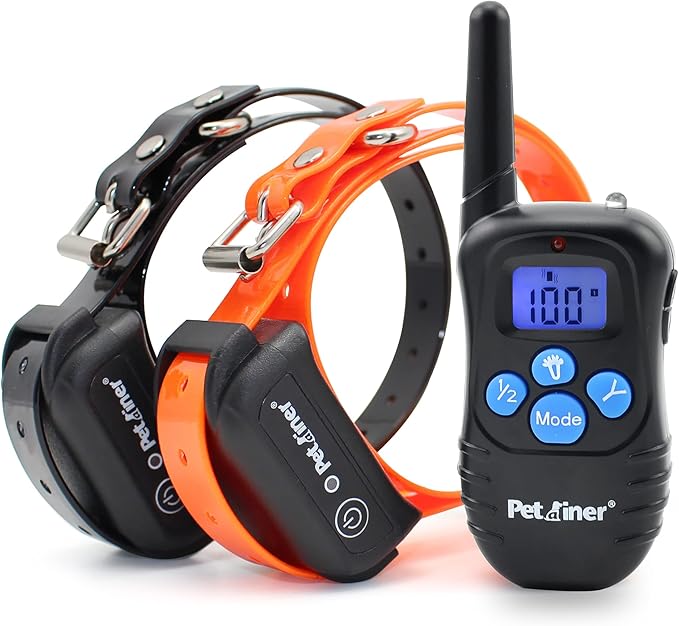
Also known as electronic or remote collars, these use a mild static stimulation to get your dog’s attention. E collars are best suited for experienced trainers or specific behavioral training, such as off-leash commands. Always start with the lowest setting and use under supervision to avoid discomfort.
2. Vibration Collar:
These collars deliver a gentle vibration instead of a static correction. They’re ideal for sensitive dogs or those that respond well to subtle cues. Vibration collars are a humane and effective option for basic obedience training.
3. Citronella Collar:
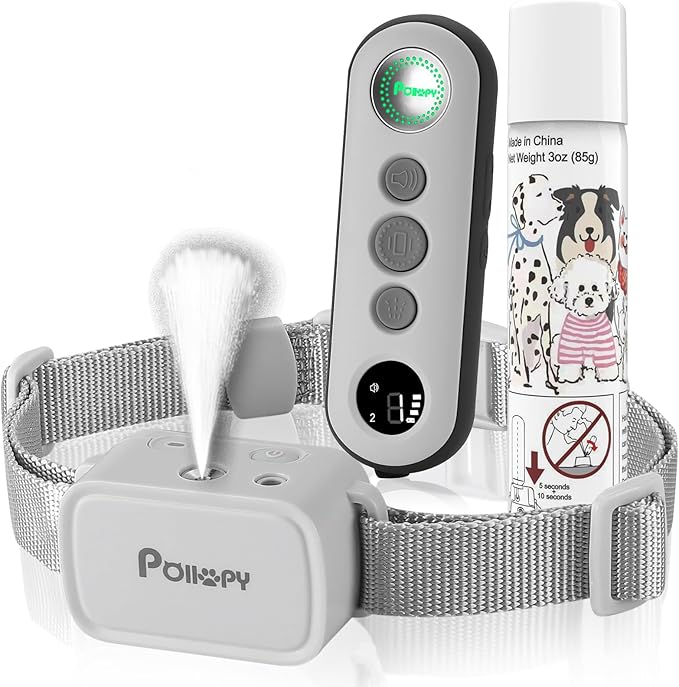
These collars spray a harmless citronella mist near the dog’s nose when triggered. Because most dogs dislike the smell, it discourages barking or negative behavior. It’s an effective and gentle alternative for pet owners who prefer a non-shock training tool.
4. Sound Collar:
Sound collars use a beep or tone to signal your dog when they perform an unwanted action. Over time, dogs learn to associate the sound with certain behaviors, making it a simple and non-invasive training method.
5. Martingale Collar:
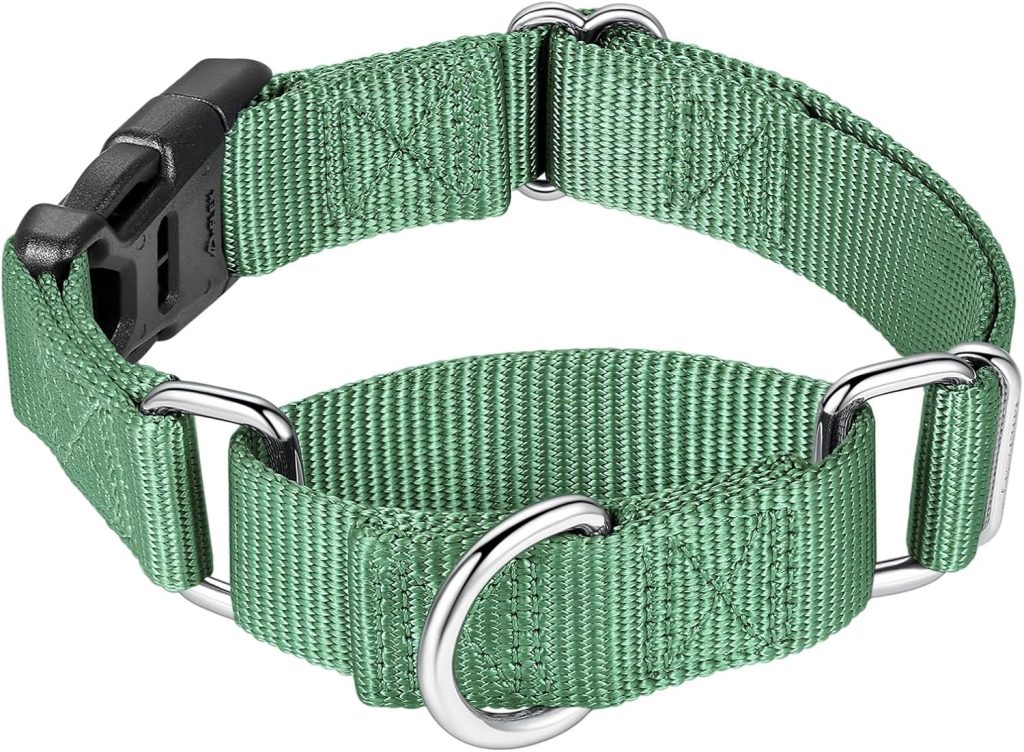
Perfect for breeds with narrow heads like Greyhounds or Whippets, the martingale collar tightens slightly when the dog pulls, preventing escape without choking. It offers better control during walks and training sessions.
When selecting a training collar, always choose the right collar according to your dog’s size, breed, and temperament. A large, strong dog may require a more durable design, while smaller or sensitive dogs do best with gentler options. Prioritize collars made from quality materials that fit snugly but comfortably. A well-chosen collar not only improves training efficiency but also strengthens your bond with your dog through positive, consistent communication.
How to Choose the Right Dog Training Collar?
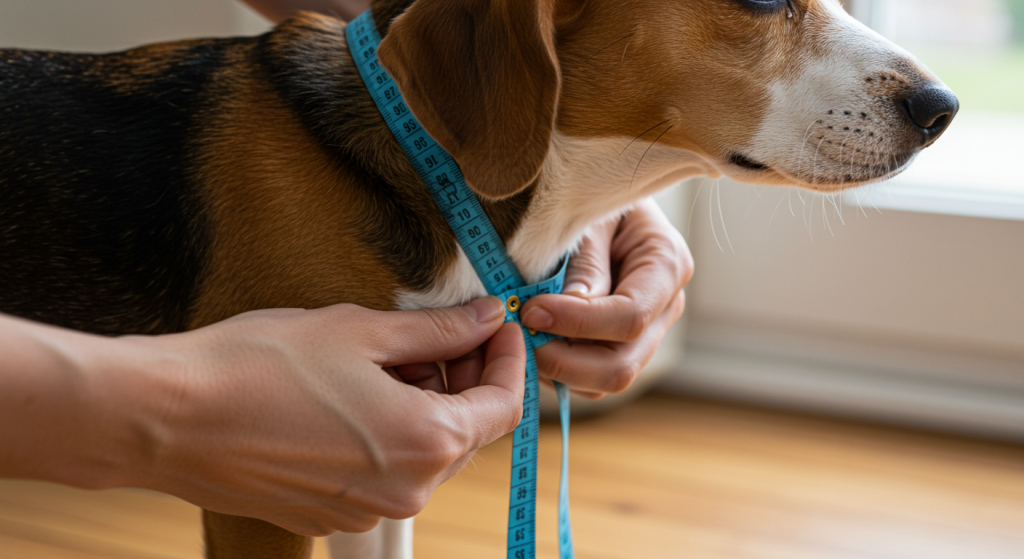
Evaluate Your Dog’s Needs
When it comes to effective obedience training, the type of collar you choose truly matters. Reliable dog training collars are built to balance comfort with correction, ensuring a safe learning experience. Before buying, evaluate your dog’s:
- Size and breed: Larger breeds may require stronger vibration settings; smaller breeds need gentle options.
- Behavioral challenges: Barking, pulling, jumping, or recall issues.
- Training level: Puppies or first-time trainees should start with vibration or tone-only collars.
Check Collar Features
When selecting a collar, look for:
- Adjustable stimulation levels
- Waterproof and durable design
- Rechargeable battery
- Comfortable strap with adjustable sizing
Consult a Professional Trainer
If you are not sure, getting the advice of a professional dog trainer is one of the best things you can do. They will assist you in selecting the proper collar, show you how to use it correctly, and keep your dog safe during training.
Getting Ready to Use a Dog Training Collar
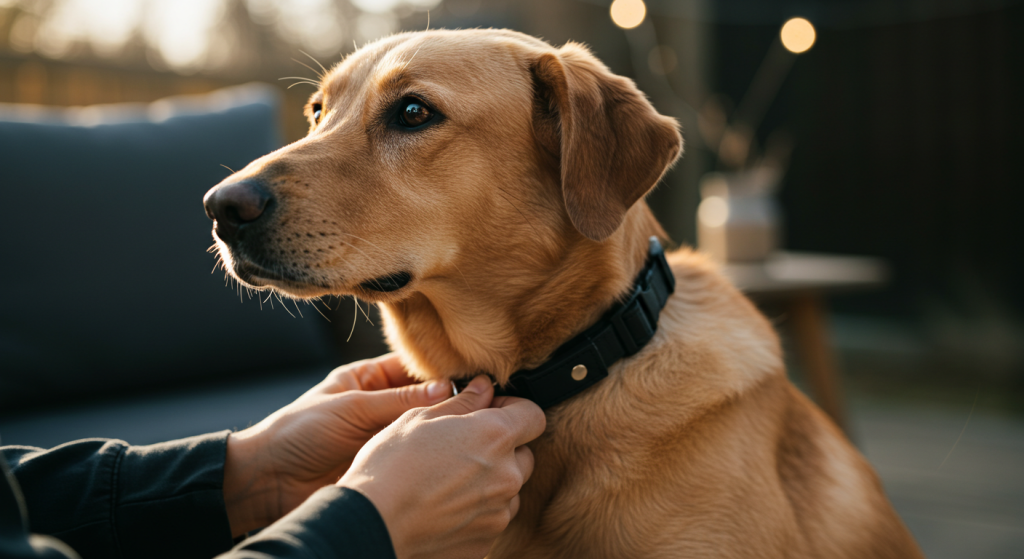
Step 1: Allow Your Dog to Become Familiar
Begin by allowing your dog to sniff and wear the collar without activating it. This way, they will be able to relate the collar to everyday activities and not punish themselves. Gradual exposure reduces anxiety and builds trust, which is essential for effective dog training.
Step 2: Test the Fit
A well-fitted collar is crucial for booth safety and performance. The collar must be close but not tight, employ the two-finger test. Two fingers should easily fit between the collar and the neck of your dog.
Step 3: Begin in a Low-Distraction Setting
Start training indoors or in a secluded yard where your dog is relaxed and concentrated. Introduce the functions of the collar in a gradual manner as your dog becomes comfortable.
How to Use a Dog Training Collar Effectively
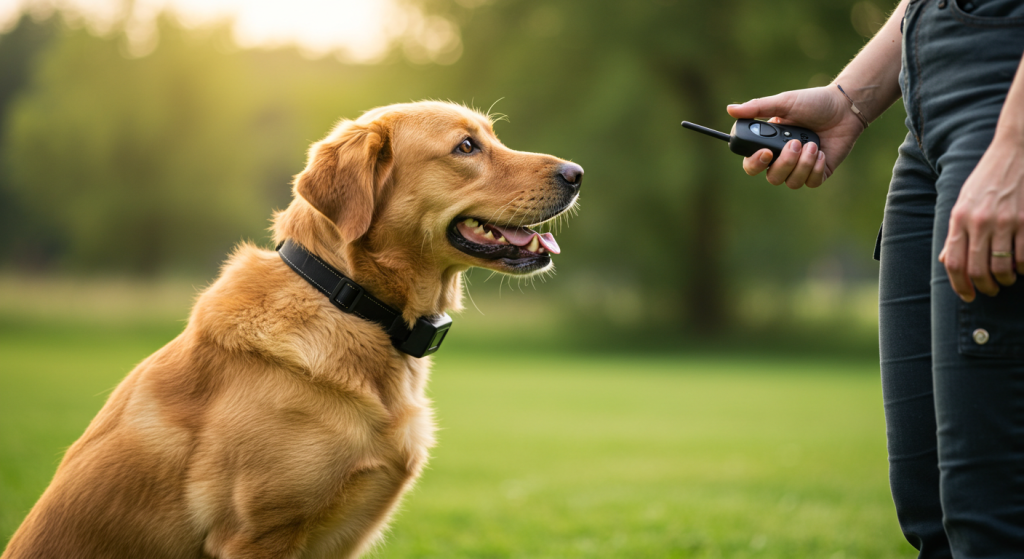
Using a dog training collar the right way ensures your dog learns safely, confidently, and without stress. The key is consistency, patience, and positive reinforcement. Follow these simple steps to make each training session productive and enjoyable for both you and your dog.
Step 1: Start with the Lowest Setting
Always begin at the lowest intensity your dog can respond to. The goal is to get your dog’s attention, not to cause discomfort. Observe how your dog reacts and only make small adjustments if needed. Starting gently helps build a sense of trust and prevents fear-based responses.
Step 2: Pair with Commands
Use the collar cue alongside familiar verbal commands like “sit,” “stay,” or “come.” This helps your dog associate the sound, vibration, or mild correction with your voice. Over time, your dog will begin to respond to your verbal commands even without the collar, which is the ultimate goal of training.
Step 3: Reinforce with Rewards
Every time your dog performs a behavior correctly, immediately reward them with a treat, toy, or verbal praise. Positive reinforcement encourages learning and keeps training enjoyable. Dogs are more likely to repeat good behavior when they feel appreciated and secure.
Step 4: Keep Sessions Short
Limit each training session to about 10–15 minutes, especially in the early stages. Dogs learn best in short, focused bursts rather than long, repetitive sessions. End on a positive note to keep your dog motivated for the next lesson.
With patience and the right approach, a training collar can be a helpful tool in building better communication, improving obedience, and strengthening your bond with your pet.
Teaching Basic Commands by Using a Training Collar
Teach “Sit”
- Say “Sit.”
- Gently press the collar’s stimulation button.
- Guide the dog’s bottom down while giving the command.
- Release the button and reward when they sit.
Teach “Come”
- Place your dog on a long leash.
- Say “Come” and gently press the vibration or tone.
- Encourage them toward you with praise and treats.
Teach “Stay” and “Heel”
Use the collar to remind your dog to remain in position or walk quietly by your side. Reward calm behavior, and always end training on a positive note.
Using the Collar with Positive Reinforcement
Dog training collars work best when accompanied by positive reinforcement. Reward good behavior at all times and never correct solely.
- Praise frequently.
- Use treats for motivation.
- Maintain a calm, supportive voice.
Remember, dogs learn best when they associate training with fun and success, not fear.
Common Mistakes to Avoid While Using a Dog Training Collar
Even with the best of intentions, there are a few training mistakes that are easy to make. Avoid these mistakes to keep your dog safe, happy, and responsive:
1. Starting with high settings
Never begin on a strong static or vibration level. Always start low and adjust gradually. Your goal is communication, not correction.
2. Skipping the introduction phase
Rushing to put the collar on and train immediately can frighten your dog. Have them wear it briefly first to establish comfort and trust.
3. Overusing the Collar
The collar is a tool, not a crutch. Restrict sessions and combine verbal commands, treats, and praise to promote natural learning.
4. Ignoring your dog’s body language
If your dog is fearful, freezes, or sidles away, stop and reconsider. Training should create confidence, not fear.
5. Inconsistent timing
Using the collar too late after unwanted behavior confuses your dog. Correct gently at the moment the behavior happens for clarity.
6. Leaving the collar on all day
Extended wear can lead to discomfort or irritation. Remove it after training sessions and allow your dog to rest.
7. Ignoring professional advice
If in doubt, consult a professional dog trainer. A small amount of expert guidance can have a dramatic impact on your dog’s progress and well-being.
Monitoring Progress and Adjusting Training
Training doesn’t end once your dog starts responding, it’s important to monitor progress and make adjustments as needed. Consistent observation helps ensure your dog learns positively and comfortably with the training collar.
Track Behavioral Improvements:
Pay attention to how your dog reacts during and after each session. Notice changes such as reduced barking, better recall, or less pulling on the leash. Keep a simple log or note improvements weekly to measure steady progress. If your dog seems anxious or unresponsive, review the collar’s settings or your training approach.
When to Reduce or Phase Out the Collar:
As your dog begins to obey commands consistently, you can gradually lower the collar’s intensity or use it less frequently. The goal is to encourage good behavior without relying solely on the collar. Over time, your dog should respond to verbal cues and gestures instead of stimulation.
Transition to Leash-Free Obedience:
Once your dog reliably follows commands with minimal correction, begin off-leash training in a safe, enclosed area. Use treats, praise, and repetition to reinforce obedience. This gradual shift helps your dog maintain discipline and confidence even without the collar, ensuring long-term results.
Responsible and Ethical Use
Training collars should never cause harm. Follow these golden rules:
- Don’t leave the collar on for more than 8–10 hours per day
- Check your dog’s neck for irritation regularly.
- Never use it for puppies younger than 6 months.
- Don’t train when your dog is ill, exhausted, or stressed.
- Always mix with love, patience, and consistency.
FAQs
1. How do you use a dog training collar safely?
Start with the lowest setting and pair every correction with treats or praise. Keep sessions short and positive to avoid stress. Never leave the collar on for long periods or use it when your dog is resting.
2. How tight should a training collar be?
The collar should fit snugly, allowing you to slip two fingers between it and your dog’s neck. This ensures comfort, control, and prevents irritation or choking.
3. Are training collars safe for dogs?
Yes, they are safe when used correctly and responsibly. Avoid using them on puppies under six months or overly anxious dogs. Always focus on short, reward-based sessions for the best results.
4. How long should you use a training collar?
Use it as a short-term training tool until your dog reliably follows commands. Gradually reduce use as your dog responds to verbal cues and positive reinforcement.
5. What type of collar is best for beginners?
Vibration or tone collars are ideal for beginners. They’re gentle, easy to use, and effective for teaching basic commands without causing discomfort.
Conclusion
A dog training collar, when used in the right manner, may be an extremely good resource in teaching obedience, building trust, and strengthening your bond with your puppy. It’s not about control; it is about clear communication, self-assurance, and care.
Each dog learns in another way; however, with patience, compassion, and the right tools, your dog can become the well-behaved, glad companion you’ve continually wanted.
Begin today, train harder, love more deeply, and lead with compassion.


